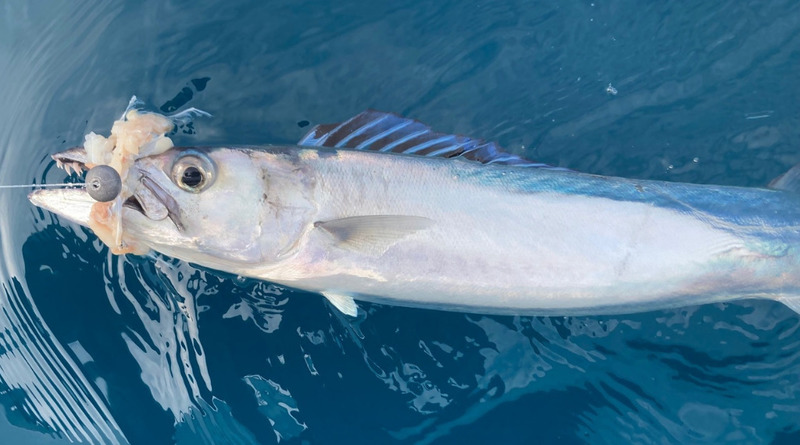|
| Animal Photo List | Result: 1058th of 38877 | |
Barracuda (Sphyraena barracuda)
| Subject: | Barracuda (Sphyraena barracuda)
| | Poster: | Ross (ross@liveforfishing.com)
| |

| Resolution: 1024x570
File Size: 157763 Bytes
Upload Date: 2022:05:22 12:21:35
|
The barracuda is a predatory saltwater fish. Learn more at https://liveforfishing.com/can-you-eat-barracuda |
^o^
Animal Pictures Archive for smart phones
^o^
|
|